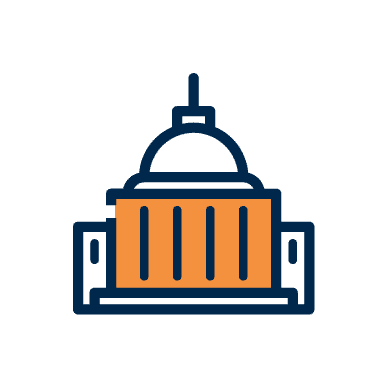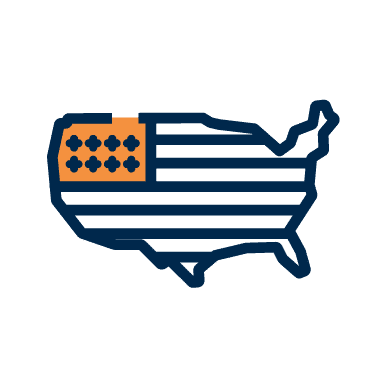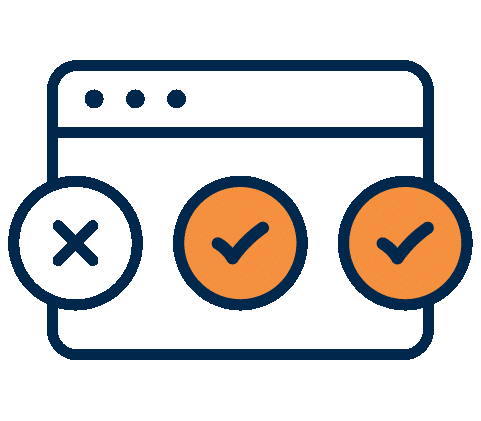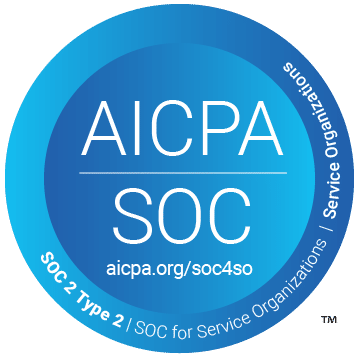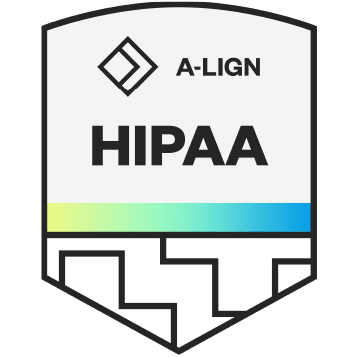Exclusion Background
As noted in past blog posts, HHS OIG Exclusions are comprehensive and significant. Exclusion from participation in federal healthcare programs can have a profound effect on a provider’s healthcare practice.
There are two primary types of exclusions- mandatory and permissive. Mandatory exclusions typically relate to felony criminal convictions such as fraud, abuse, patient neglect and those involving controlled substances. Permissive exclusions usually involve less serious infractions, such as misdemeanors, loss of appropriate licensure, or even failure to pay federal student loans. For these exclusions, a reinstatement process exists for providers after the exclusion period expires if they meet certain conditions. Reinstatement is not automatic – an application must be submitted to the OIG as noted on the OIG website post Applying for Reinstatement.
The OIG published an excellent HEAT summary of program exclusions. However, the HEAT summary does not specifically address the OIG’s program for exclusion waivers or address the issue of seeking a reduction in the length of an OIG exclusion. Below is information about both topics which is critical to a full understanding the how certain aspects of exclusions can be impacted by community need and the circumstances under which an exclusionary period may be modified.
Waivers of Exclusions
As noted above, there is a reinstatement process available to providers after the expiration of an exclusionary period which allows them to resume participation in federal healthcare programs. There is an additional process involving waivers of exclusions but such a waiver is granted in only rare and limited circumstances. That process involves waivers of the prohibitions on providers working during their exclusion, either prior to reinstatement, or when reinstatement is not an option. This waiver process is distinct from the Pandemic-related Waivers by CMS recently reviewed in our blog.
Essentially, there are certain exclusions OIG can waive even though an excluded provider is excluded from participation in federal health care programs. If requested by a federal health care program based on beneficiary need and not the provider’s need for work. Waivers can only be granted when the excluded provider is the sole community physician or the sole source of essential, specialized services in a community AND the exclusion would impose a hardship on federal health care beneficiaries. In order for exclusion waivers to be granted, the OIG must determine that imposing the exclusion would not be in the public interest. Note, however, that exclusions involving circumstances of patient abuse or neglect are not eligible for this waiver.
Although there are thousands of excluded individuals and entities, the HHS OIG website publication on its waivers currently lists only fifteen active waivers. Fourteen of these are individual providers and one is an entity. Those providers with active exclusion waivers are primarily from rural states and commonwealths where federal health care services are quite limited. It should be noted that such waivers specifically designate the programs and service areas and are by design quite limited. An example of one waiver (with two subsequent requested amendments by program administrators) can be seen here. In this example, the Reviewing Official for the Exclusions Branch of OIG notified the excluded provider, Mohamed Basel Aswad, MD, and the requestor of the waiver with its response, including the parameters of the specified programs and counties in which the waiver is being granted. The waiver, and the subsequent expanded waivers are not retroactive. They are effective only on or after the date of the reviewing official’s notice. In in this example, the most recent expanded waiver for Dr. Aswad became effective on October 19, 2020.
Note, however, that Dr. Aswad remains on the Excluded Provider List and his name will appear as an excluded provider in the OIG Exclusion list for the duration of his exclusion. The unique exception of being granted a waiver by the OIG is limited, very fact specific and can be subject to erroneous interpretations. For example, the waivers and expanded waivers only apply to the service and location stated in the waiver letter and does not necessarily shield a subsequent employer or provider from liability. As such, it is important that you or your OIG exclusions vendor understand that these exist, but only, under the limited circumstances noted on the OIG waivers website.
Length of Exclusions
In addition to the issue of waivers, there is a separate but related issue having to do with contesting the length of an OIG exclusion. Most exclusions are typically for five years, but can be substantially longer depending upon the statutory findings and circumstances. The length of an exclusion can be challenged via the OIG’s Departmental Appeals Board.
This scenario can be seen via an example of another excluded provider, Vinod Chandrashekhar Patwardhan, MD. who had also received a waiver. Dr. Patwardhan’s expanded exclusion waiver can be seen here. In addition to obtaining waivers on his OIG exclusion, Dr. Patwardhan also petitioned to have his exclusion reduced from its original duration of 23 years. In her decision to reduce Dr. Patwardhan’s exclusion length from 23 to 12 years, Administrative Law Judge Carolyn Cozad Hughes, considered the facts and circumstances of the crimes that led to the exclusion as well as the risk to program integrity. Dr. Patwardhan’s crimes involved bringing unapproved oncology drugs into the United States from India and using them to help treat indigent patients. Dr. Patwardhan was sentenced to nine months of home detention, five years probation, a $10,000 fine, and $1,313,634.10 in restitution to HHS Medicare/Medical Services.
After considering mitigating and aggravating factors, ALJ Hughes found that Dr. Patwardhan’s crimes were not typical of convicted felons routinely excluded from program participation who are often motivated by greed. Instead, she found that he was “motivated by misguided altruism.” Dr. Patwardhan often treated patients for no fees. She further noted that he posed no risk to his patients and no risk to program integrity. In conclusion, ALJ Hughes found that the Inspector General for the OIG had properly excluded Dr. Patwardhan for his crimes, but under the circumstances, she reduced the exclusion from 23 years to 12 years. This is a good example of a decision that lays out the statutory and factual considerations for confirming or reducing the length of an OIG exclusion.
Conclusion
Awareness and understanding of the nuances of OIG exclusions in the areas of waivers and length of exclusions, is an important component of your OIG exclusion monitoring program. While the issues may not come up frequently, when they do it is important to understand the background and context of these unique scenarios.



